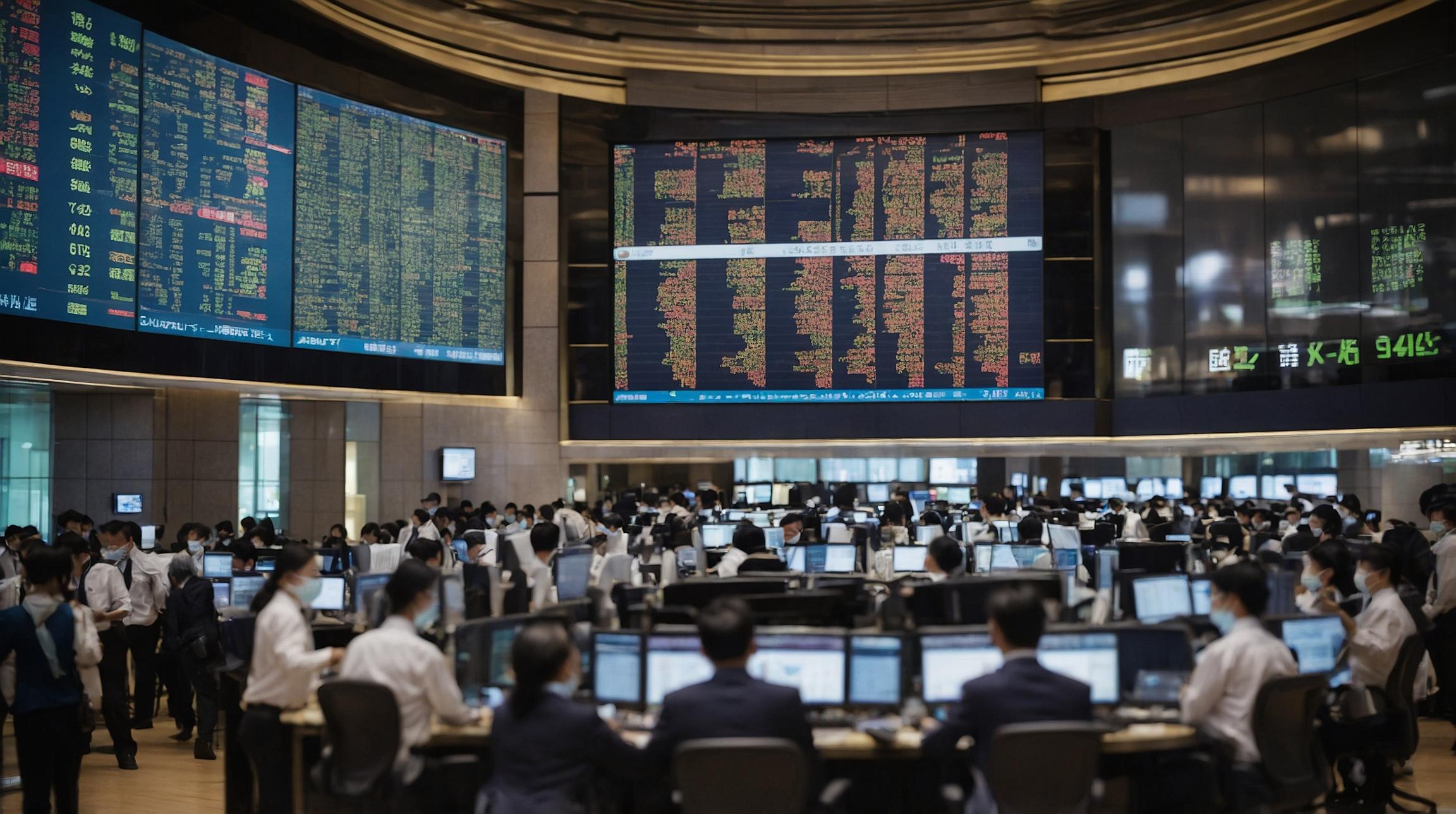Saudi Arabia Faces Rising Oil Price Needs Amid OPEC+ Production Cuts
Saudi Arabia, the OPEC+ leader, is now in a position where it needs a higher oil price to balance its budget, as outlined by the International Monetary Fund (IMF). The kingdom's break-even oil price has surged to an average of $96.20 a barrel for the year, assuming it maintains its crude output at approximately 9.3 million barrels daily. This figure marks a 21% increase from the IMF's previous forecast in October, signaling a shift in the dynamics of the global oil market.
Brent futures, the international oil benchmark, are currently trading near $89 a barrel, which is below the required level for Saudi Arabia to balance its budget. The kingdom might even need oil prices to reach closer to $108 per barrel to support its spending, considering the domestic investments of its sovereign wealth fund.
As OPEC+ members convene on June 1 to deliberate on the potential extension of supply curbs into the second half of the year, the existential market factors, including conflict in the Middle East, might lead to a reassessment of production strategies. Analysts speculate that the group could begin to ease the production cuts implemented.
At the heart of Saudi Arabia's financial strategy are the ambitious transformation plans of Crown Prince Mohammed bin Salman, encompassing significant expenditures on projects such as the futuristic city of Neom and attracting top international sports talent. To mitigate some financial shortfalls, the government has turned to the debt market, issuing $12 billion of bonds in January, covering more than half of the fiscal deficit anticipated for the year.
Despite these efforts, Saudi Arabia's attempts to attract foreign direct investment (FDI) have not met expectations. The goal is to reach $100 billion of FDI annually by 2030, a target far beyond its current achievements and significantly higher than what other developing countries, such as India, currently attract.
The IMF's analysis also sheds light on other OPEC+ members, like Kazakhstan and Iran, whose oil price needs have increased. Conversely, countries within the group that haven't committed to significant production cuts have seen their break-even oil prices remain stable or decrease.
If Saudi Arabia eases supply restrictions and boosts production to 10.3 million barrels per day next year, the IMF suggests that the kingdom’s required break-even oil price could drop to $84.70 a barrel. This adjustment would represent a step towards stabilizing the country's financial requisites in the fluctuating global oil market.
Analyst comment
As an analyst, the news is negative for Saudi Arabia as it faces rising oil price needs to balance its budget. The market is likely to see volatility as OPEC+ members convene to discuss supply curbs and potential easing of production cuts. Saudi Arabia’s financial strategy, including ambitious transformation plans, could be impacted, and the country may need to attract more foreign direct investment. If production is increased, the break-even oil price could potentially decrease, providing some stability in the market.













